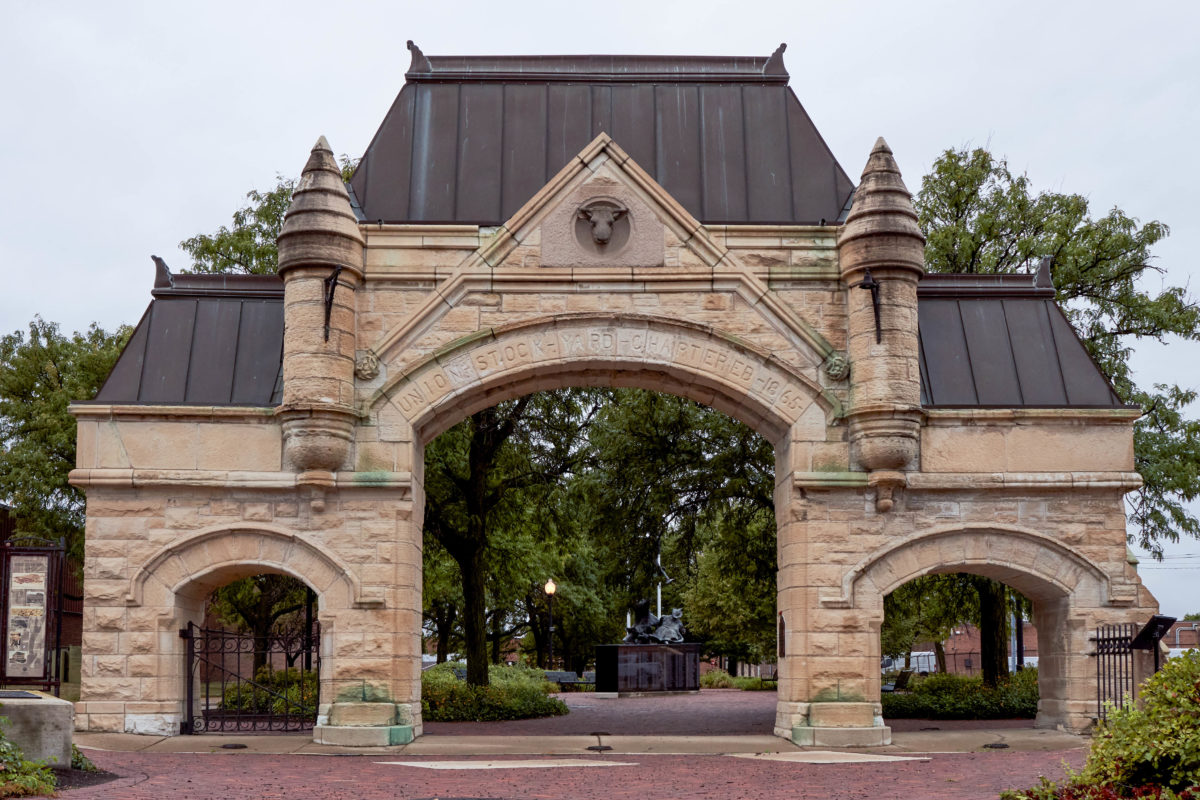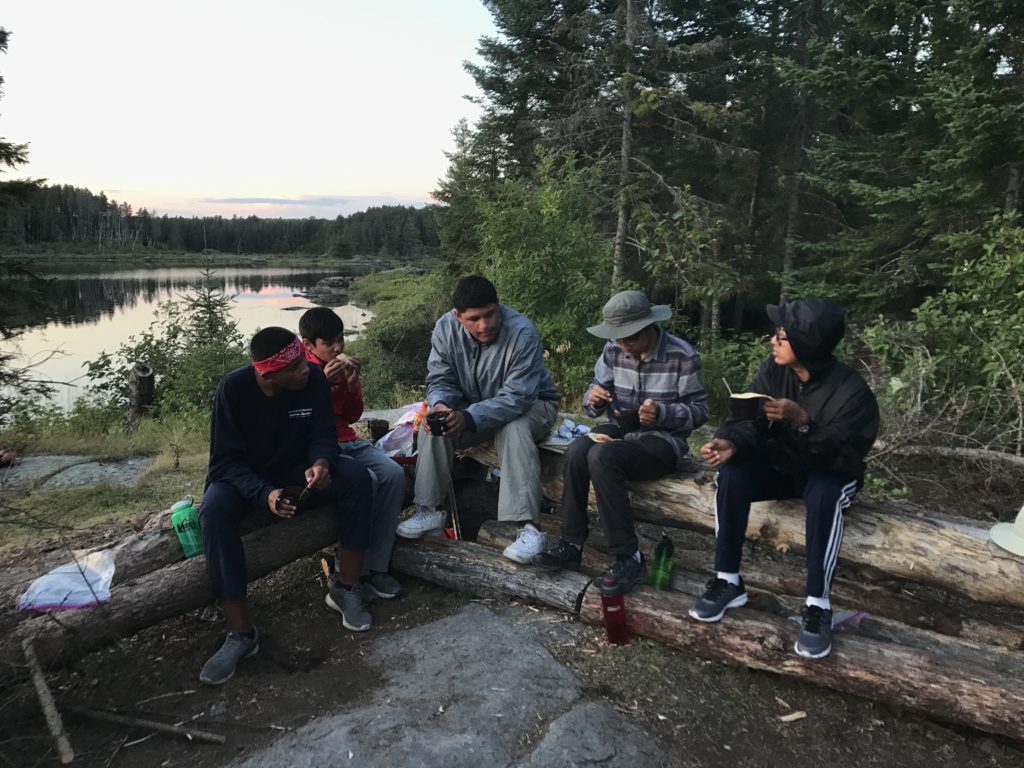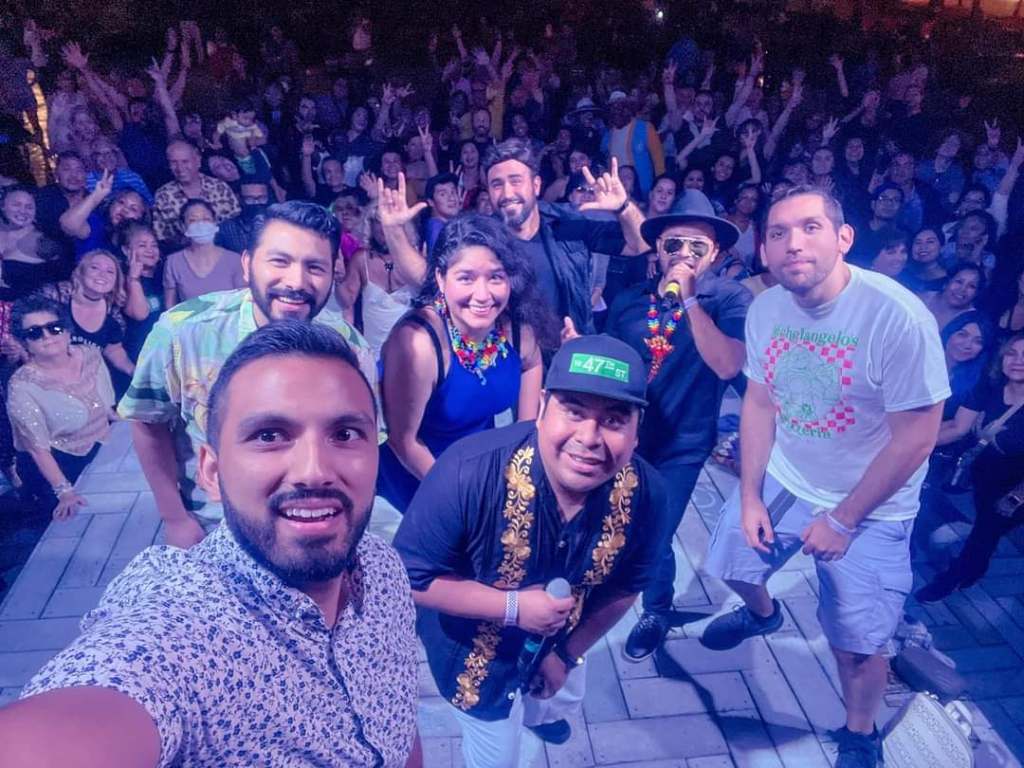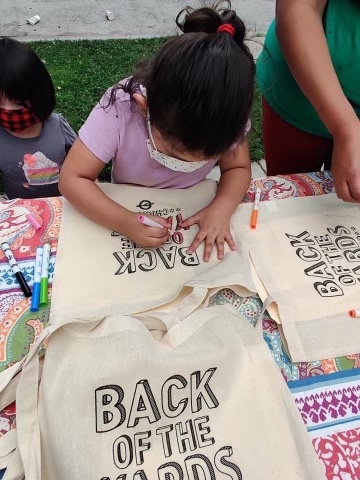When outsiders talk about Back of the Yards, they often talk about deficit; they talk about what’s missing, what’s wrong and what needs fixing. However, for those of us truly invested in our community, we see how alive and rich our community is.
We have an abundance of culture, history, community and talent. Most of all, we have a wealth of people who care, people who work, and people who go above and beyond for their fellow neighbors. You see, when the government and institutions that are supposed to bring resources to a community fail to do so, the community rises up to the challenge. This is especially true in Back of the Yards.
In 1939, Joe Meegan and Saul Alinsky organized residents, business owners, churches and unions to create the first major community organization in the country to address issues of unemployment, housing, and economic disparities. This tradition continues today with people and projects like Amor al Arte, Quinto Imperio and the wilderness trips, as featured here. There are regular people from the community taking it upon themselves to address the needs and lack of resources.
For me, the “Best” of Back of the Yards are its people who, with grit and ganas, wake up every morning ready to put in the work necessary to improve their lives and the lives of others. There are countless people doing amazing work in the community, so it is difficult to just name a few, but it is important to recognize those that are doing it day in and day out.
Below we talk about the important nonviolence work that the women of Amor al Arte provide through the arts. We also highlight the fusion between advocacy and entertainment that Quinto Imperio provides through their music, and the connection between nature and healing provided by the voyages to the wilderness by neighborhood youth.
The research of Noble Peace Prize recipient and University of Chicago professor and economist Dr. Richard Thaler essentially says that if you want people to do something, remove the obstacles and make it easy. That is what these people are doing. They are helping remove the barriers toward social justice.
But they can’t do it alone. My hope is that when you read this, you ask yourself, “How can I help?” Whether it is to support the work these groups currently do, through donations or volunteering, or to inspire you to help plug other areas of need either in Back of the Yards or in other communities like it.
Jesse Iñiguez a lifelong resident of Back of the Yards. He’s the founder of the mission-driven Back of the Yards Coffee Co., receiving local and national awards for his work as a social entrepreneur and his commitment to community-based development.





God bless your work. I remember when the City closed the local
Mental Health Center. I was distraught. As a school based counselor, the MHCs were places I could refer families with needs who were under or non-insured. Chunk by chunk and bit by bit the Powers That Be removed places & personnel that served wonderful, hard-working, deserving people.
God bless your work. I remember when the City closed the local
Mental Health Center. I was distraught. As a school based counselor, the MHCs were places I could refer families with needs who were under or non-insured. Chunk by chunk and bit by bit the Powers That Be tore our resources apart